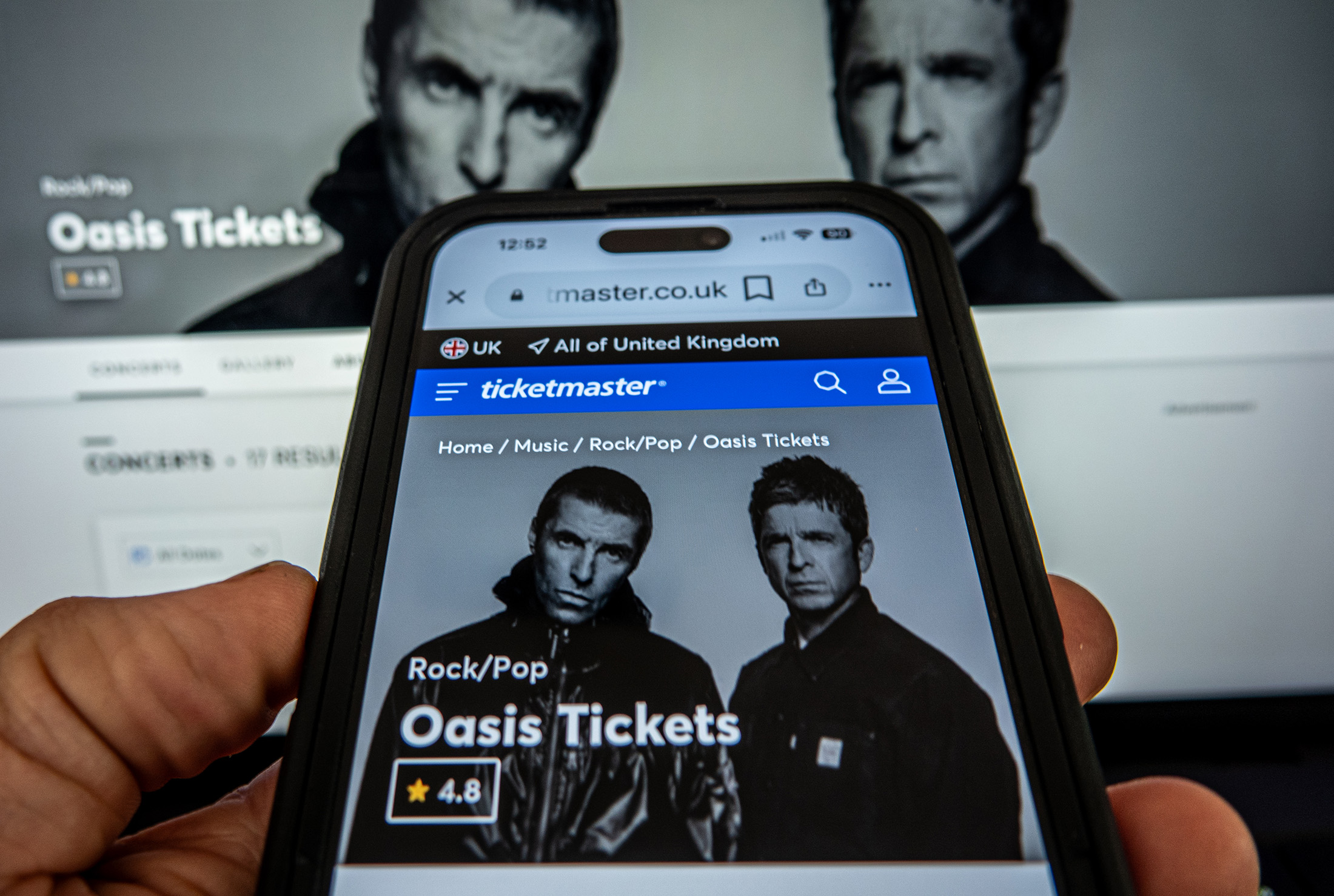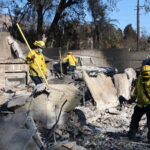In Beijing and London, U.S. Olympian Cullen Jones was fierce in the water, bringing home gold and silver and setting a world record along the way.
In the pool at P.S. 125, a Harlem elementary school, he was a sweetheart as he laughed, splashed and assured nervous 4-, 5- and 6-year-olds that they shouldn’t be afraid to get wet.
Summer’s almost here and that means pools, lakes and ocean beaches for millions of kids, but it’s a precarious season for a great many who don’t know how to swim.
About 70 percent of African American children can’t swim, according to research, government data and the USA Swimming Foundation, the philanthropic arm of USA Swimming, the national body for competitive swimming. The number of non-swimmers is about 60 percent among Latino children and about 40 percent among whites.
“It’s a big challenge,” said Jones, who nearly drowned when he was 5 and flipped face down while on a huge slide at a Pennsylvania water park.
“I wasn’t fooling around. I wasn’t horseplaying or anything like that,” said Jones, 29. “My parents were there. Lifeguards were there. Fully supervised and I still went under water for 30 seconds. Unfortunately, it only takes about 20 seconds for a child to drown. They had to pull me out, resuscitate me. My mom got me into swim lessons.”
Ten people drown each day in the U.S. and drowning is the second-leading leading cause of accidental death for children under 14, according to the foundation.
The reasons more black and Latino kids don’t learn how to swim or don’t perfect their skills to lifesaving levels are varied, said Jones, an ambassador for Make a Splash, the foundation’s safety initiative, and Debbie Hesse, the foundation’s executive director.
For urban kids, it’s sometimes a question of access to pools and free or affordable lessons.
“For us the critical piece is letting parents who don’t swim know how important it is to teach kids,” Hesse said. “We found through our research that fear is a big factor. Especially from a cultural perspective, if you’ve been brought up to fear the water you teach that to your kids.”
Jones said he has seen it up close and noted a University of Memphis study in 2010 that pointed to another contributing factor, a hindrance of water on physical appearance, including the effect of water and pool chemicals on hair.
“Being African American myself and knowing people in my own family, we’ve been taught that this is something we don’t do. We stay away from water. We don’t swim,” he said. “We’re trying to change a full cultural perspective on this.”
Over the last five years, Jones has instructed thousands of kids through Make a Splash. His loudest message is a simple one: Swimming is fun.
“Some parents themselves have had traumatic episodes or they were taught themselves to stay out of the water,” Jones said. “They look at water as being like fire, dangerous. We have this generational cycle that goes on where no one learns how to swim until there’s some kind of tragedy, unfortunately, then we see a lot of families switching to, `Oh, well we need to get our people water safety.’ We want to stop that. We don’t want there to be tragedy for people to wake up, to know that this is a life skill.”
The swimming foundation partners with local pools to provide lessons and tours the country urging water safety.
“We feel like getting the message out there is critically important,” Hesse said. “Imagine standing on the side of a body of water and knowing you can have fun and enjoy versus, `This could be something that could end my life.”‘
Jones, who was born in the Bronx but moved to Irvington, N.J., while still in elementary school, said helping reluctant young swimmers overcome their fear of the water, especially those who might have suffered a scary brush with drowning, is his top priority.
He also urges kids never to swim alone. Also important, he said, is to know how to get out of the water. He demonstrates the basic elbow, elbow, knee, knee drill when he’s working with kids.
Dakari Alston, a 6-year-old student, heard him loud and clear Friday.
“If someone knocks you in you’re gonna drown, so that’s why you always need water safety,” he said poolside, wrapped in a towel after a session with Jones.
Stay-at-home dad Adrian Garcia, who has 4- and 5-year-old boys at the school, doesn’t swim himself but recognizes the importance for his kids.
“Little kids in the swimming pool, it’s very good,” he said. “These people, they’re really helping. It’s nice.”
Was this article valuable?
Here are more articles you may enjoy.

 Novogratz’s Galaxy to Pay $200 Million in NY Luna Settlement
Novogratz’s Galaxy to Pay $200 Million in NY Luna Settlement  Ticketmaster May Have Broken Law With ‘Platinum’ Oasis Seats
Ticketmaster May Have Broken Law With ‘Platinum’ Oasis Seats  New Fire Maps Put Nearly 4M Californians in Hazardous Zones
New Fire Maps Put Nearly 4M Californians in Hazardous Zones  Tesla Showroom Strikes, Vandalism Sparked by Fury Against Musk
Tesla Showroom Strikes, Vandalism Sparked by Fury Against Musk 